Repetitive stimulationRepetitive stimulation
Repetitive stimulation is a technique used to induce a physical reaction from the body in order to promote health and healing. This method commonly involves electrical stimulation, massage, or therapeutic exercise. It is thought to work by helping the body to relax, reduce inflammation, and increase circulation. Any repetitive action that creates a physical response can be considered a form of repetitive stimulation. The most common form of repetitive stimulation is electrical stimulation. One of the most common types of electrical stimulation is tens therapy, which is used to reduce muscle pain. Electrical nerve stimulation (ENS) is also a popular form of repetitive stimulation used to decrease nerve pain and treat muscle spasms. Massage can also be a form of repetitive stimulation. Various types of massage, such as deep tissue and shiatsu, are known to loosen muscle tension, reduce inflammation, and increase circulation, all of which are beneficial to healing and overall health. Finally, therapeutic exercise can be a form of repetitive stimulation. Exercise can promote healing, reduce stress, and improve overall function. It also helps to improve circulation and increase flexibility. Generally when using repetitive stimulation, it is important to make sure that the body is getting enough rest and relaxation as well. This helps to balance out the stress that repetitive stimulation can put on the body. It is also important to make sure that any treatment is not being overused, as this can lead to further pain and discomfort. Overall, repetitive stimulation is a technique that can be used to provide various forms of physical and mental relief. Its effectiveness in improving overall health and wellbeing is supported by a growing body of evidence, making it a valid form of therapy for many people.
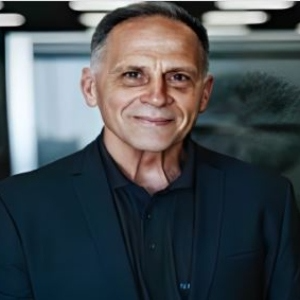
Ken Ware
NeuroPhysics Therapy Institute, Australia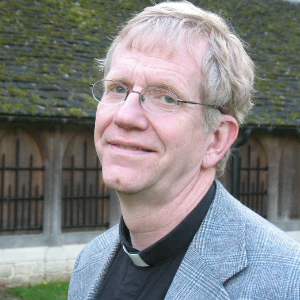
Robert B Slocum
University of Kentucky HealthCare, United States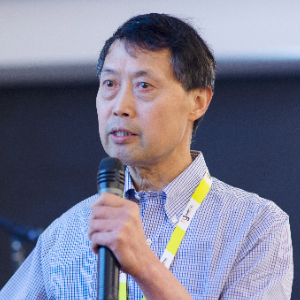
Yong Xiao Wang
Albany Medical College, United States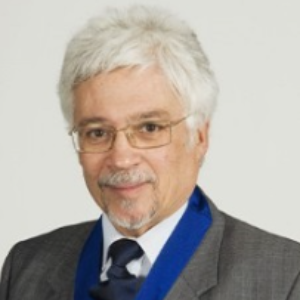
W S El Masri
Keele University, United Kingdom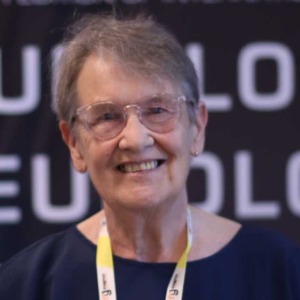
Jaqueline Tuppen
COGS Club, United Kingdom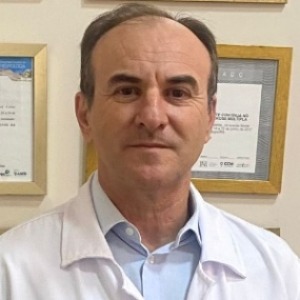
Milton Cesar Rodrigues Medeiros
Hospital Santa Casa de Arapongas, Brazil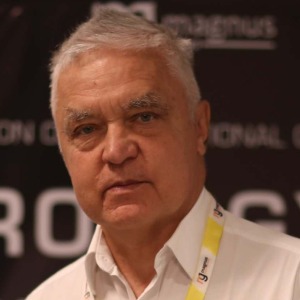




Title : Perception and individuality in patient cases identifying the ongoing evolution of Myalgic Encephalomyelitis/Chronic Fatigue Syndrome (ME/CFS)
Ken Ware, NeuroPhysics Therapy Institute, Australia
Title : Narrative medicine: A communication therapy for the communication disorder of Functional Seizures (FS) [also known as Psychogenic Non-Epileptic Seizures (PNES)]
Robert B Slocum, University of Kentucky HealthCare, United States
Title : Personalized and Precision Medicine (PPM), as a unique healthcare model through biodesign-driven biotech and biopharma, translational applications, and neurology-related biomarketing to secure human healthcare and biosafety
Sergey Victorovich Suchkov, N.D. Zelinskii Institute for Organic Chemistry of the Russian Academy of Sciences, Russian Federation
Title : Neuro sensorium
Luiz Moutinho, University of Suffolk, United Kingdom
Title : Traumatic Spinal Cord Injuries (tSCI) - Are the radiologically based “advances” in the management of the injured spine evidence-based?
W S El Masri, Keele University, United Kingdom
Title : Scalp acupuncture with functional electrical stimulation for the treatment children with autism spectrum disorder
Zhenhuan Liu, Guangzhou University of Chinese Medicine, China